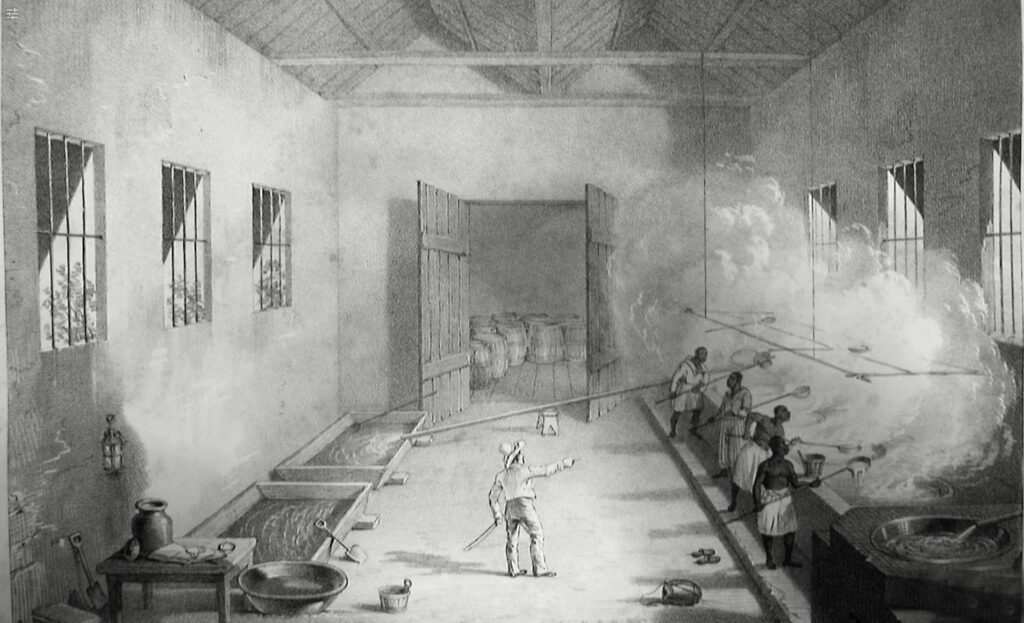
Elizabeth Bartram Two months ago, I introduced our 13th Mills Archive Research Publication “Sugar Mills and Slavery” by Stuart Nisbet....
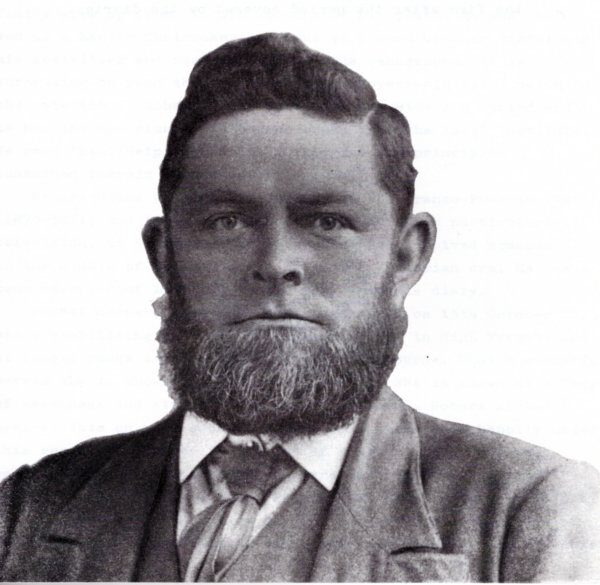
Elizabeth Trout The diaries of Robert Stone give us a rare and fascinating glimpse into the day-to-day working patterns and...
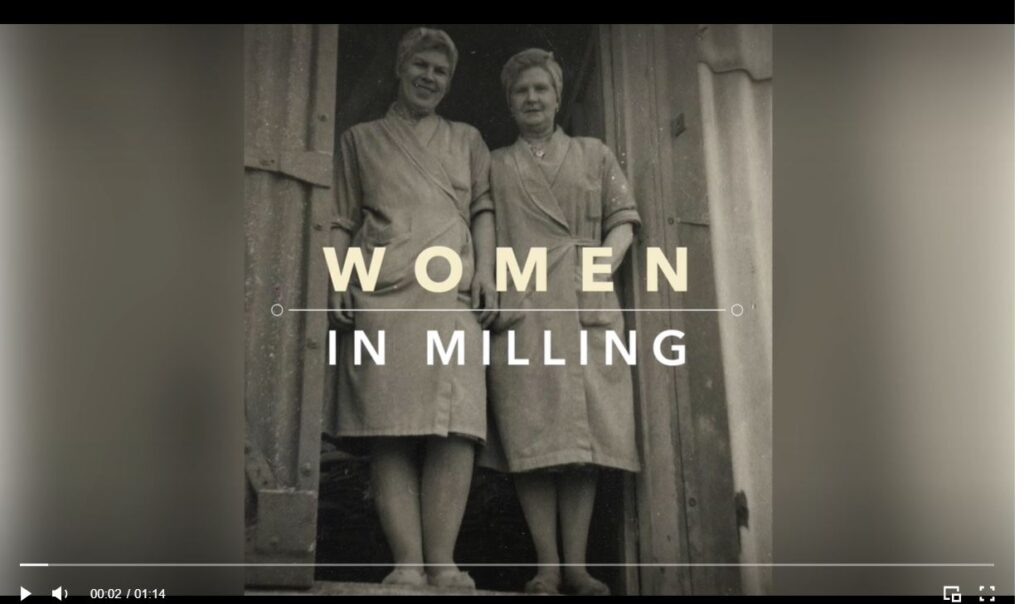
Elizabeth Bartram (Director) & Mildred Cookson (Founding Trustee) The story of flour milling is as ancient as civilisation itself, and...
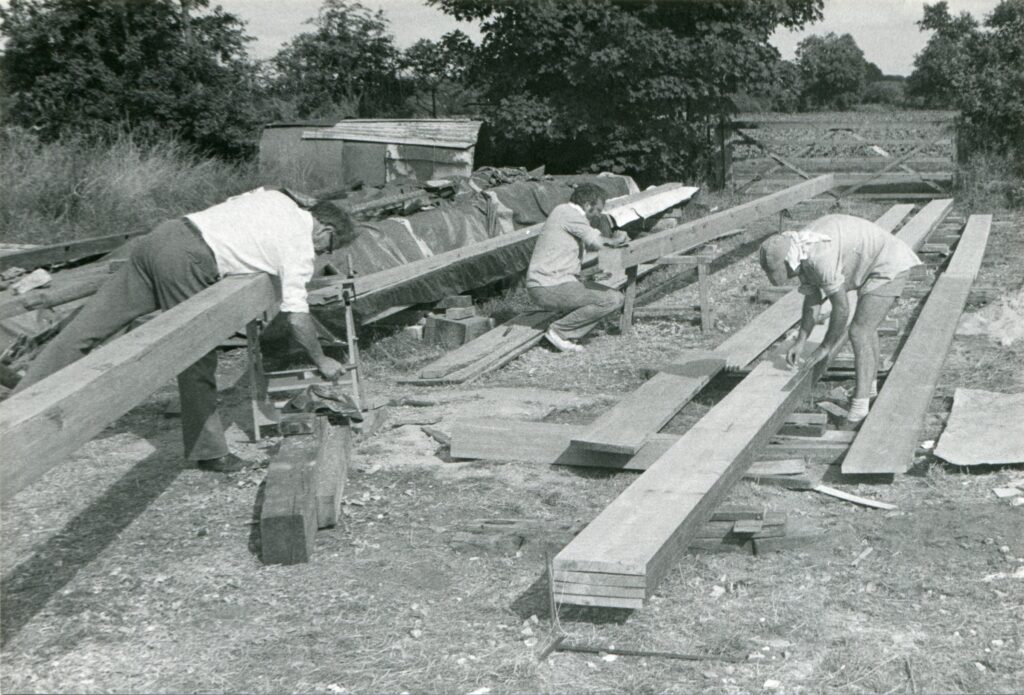
Since mills first appeared in Britain, the main material that has been used to construct them has been wood. The...
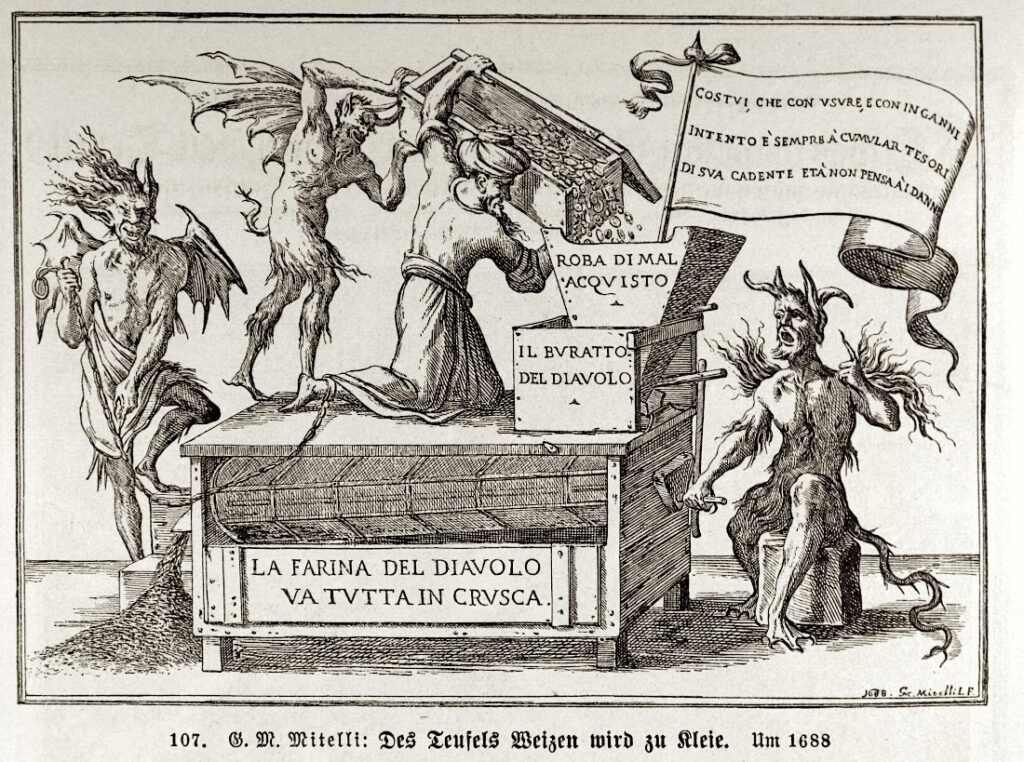
Opinions are divided on the question of what the poet William Blake was talking about when he referred to the...
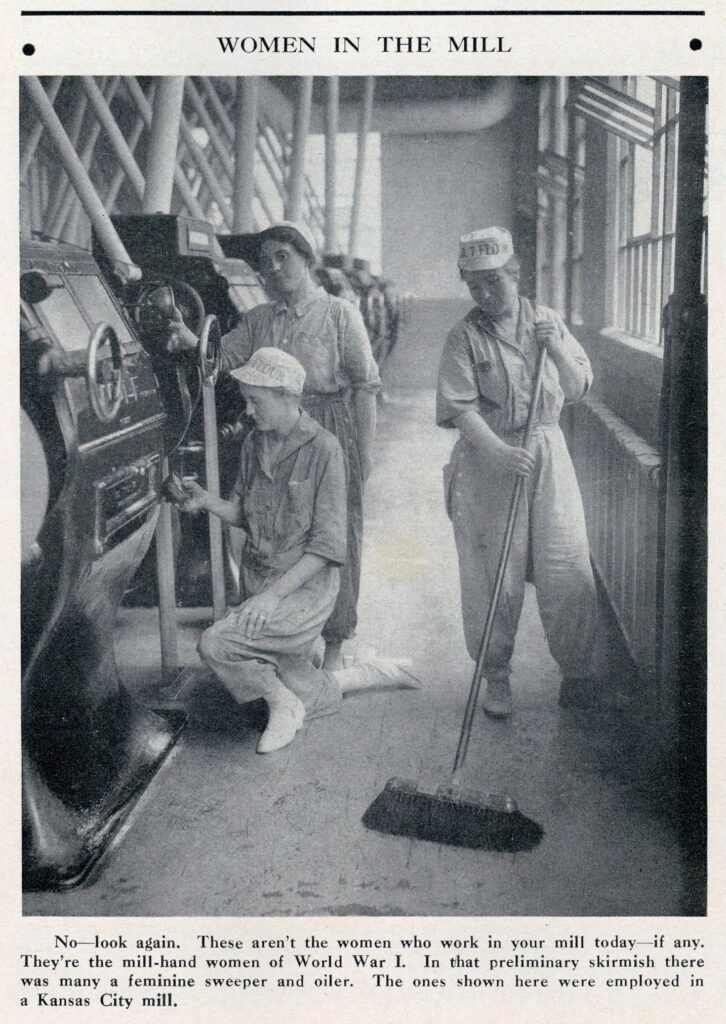
Elizabeth Bartram (Director) & Mildred Cookson (Founding Trustee) Milling has a rich and immersive history. Women have always been involved...
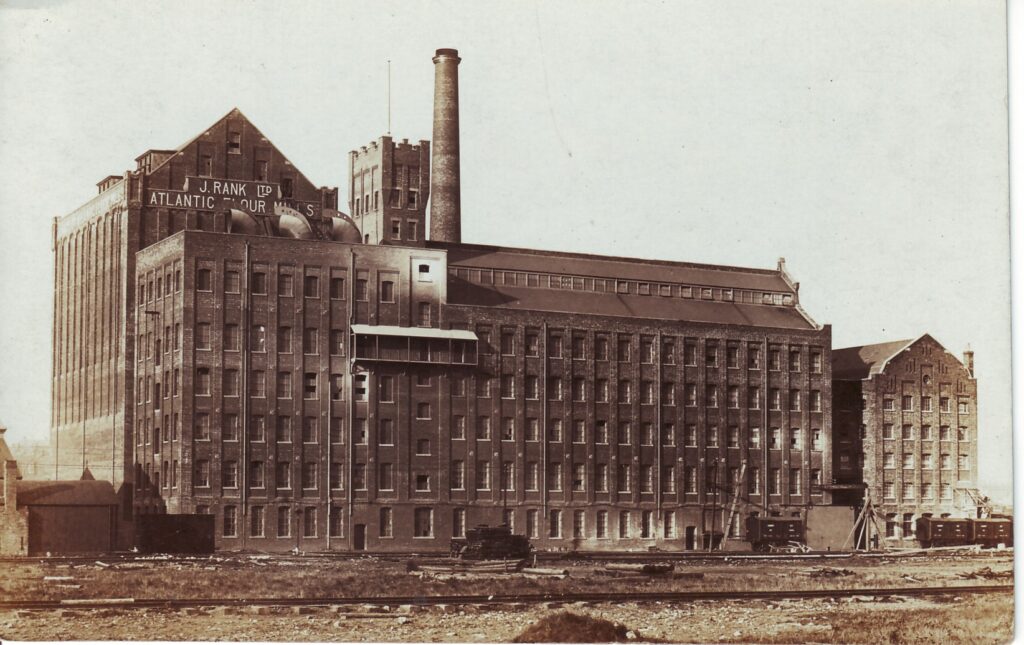
From Quern to Computer; a history of flour milling by Martin and Sue Watts covers a wide range of topics and this...
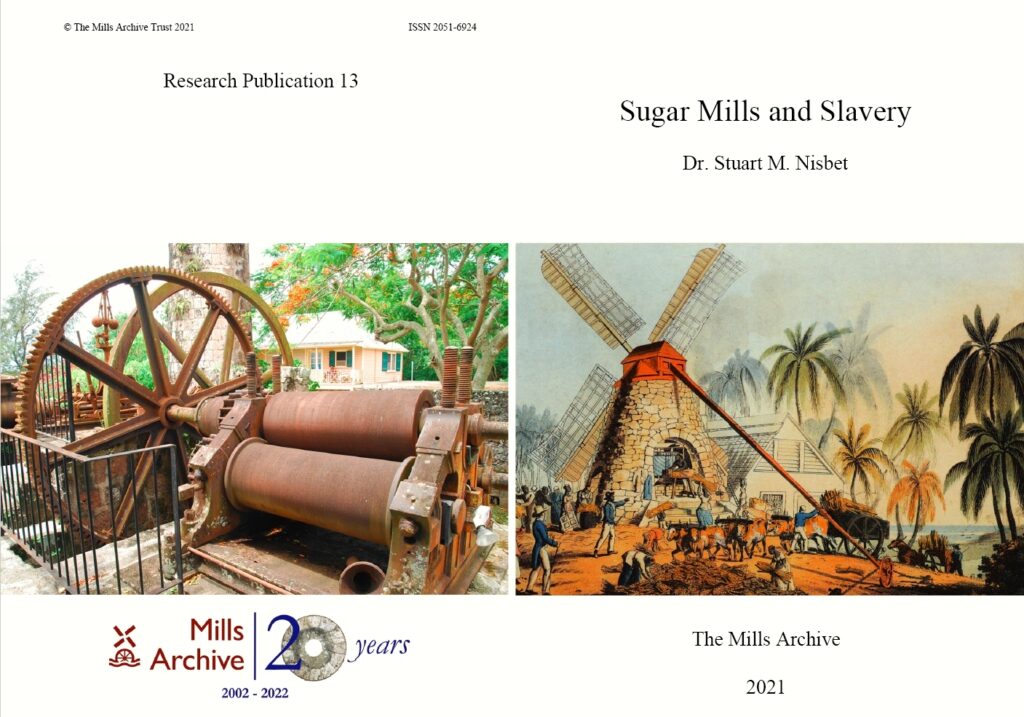
Following an excellent, well-illustrated article by Willem van Bergen in International Molinology, 2020, 101: 2-9, the Mills Archive Trust has...
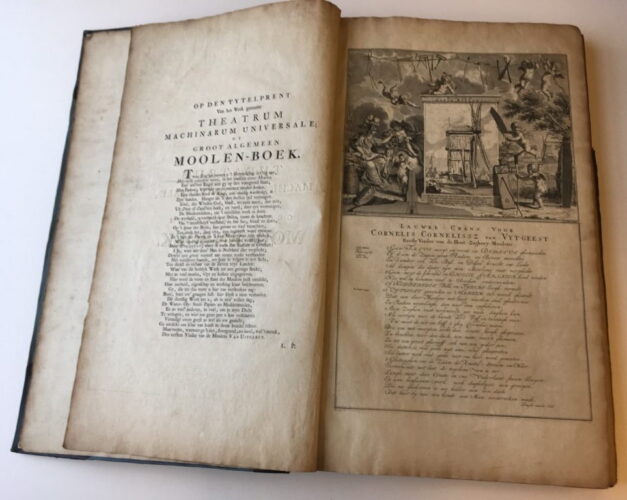
In our special collections here at the Mills Archive, we have an original copy of the Theatrum Machinarum Universale of...

By Dave Pearce ...
Catgerories